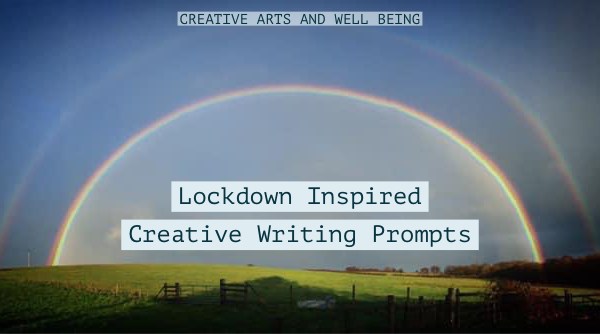

What is a Haiku?
Haikus are traditional Japanese poems that are comprised of three short lines that do not rhyme.
Typically, the first line should have 5 syllables, the second has 7 and the last 5 again.
“In Japanese, there are five “moras” in the first and third line, and seven in the second, following the standard 5-7-5 structure of haiku. A mora is a sound unit, much like a syllable, but is not identical to it. This rhythm is often lost in translation, as not every English word has the same number of syllables, or moras, as its Japanese counterpart. For example, haiku has two syllables in English and in Japanese, it has three moras.” – Dictionary.com
Haikus are often about nature and the seasons, and are considered more than just poems; they are a way of looking deeply at the world, at nature, at our existence within it. They are a great tool for creative mindfulness.
The history of haikus can be traced back to the 9th century, but are still common today. Some poets nowadays use the idea of a haiku but do not stick strictly to the 5,7,5 structure. You can see some of these in the examples at the bottom of the post.

Why Write a Haiku?
In addition to being great for mindfulness and awareness of the world around us, Haikus are a great way to introduce children to poetry due to their short length and simple rhythm. They teach children about syllables and rhythm and develop vocabulary. Haikus can be fun and silly, or more meaningful and observation based.
They are also an an excellent tool for building up a daily writing practice (for adults or children), again due to being short and quick to write. Try writing a haiku each day in your journal and seeing how they develop. Write a series of Haikus about the same subject for a week or two. Write longer poems by creating haiku verses.

How to Write a Haiku
There is no right way to go about writing a Haiku, or any poem, but here are a few tips that may help.
- Go outside, in nature, look around you and take in what you see. Spend some quiet time just sitting and watching, breathing deeply. Then, look again, look more closely at things which catch your eye, observe the details, the way things move, the way the light shifts, the shadows and colours… Think about your own feelings whilst you are in this place.
- Choose something to write about. It could be a specific plant, insect, body of water, or it could be the place as a whole, it could be a colour that you see, or just a feeling you have or the mood of the place.
- You may want to write a few words down about your subject. For example if you are writing about a tree, you might list things like: tall, strong, green, steadfast, proud, shade, oval leaves, blossoms, rough bark…
- Once you have your list of words, just begin jotting down a few lines that come to mind, not worrying about syllable counts or rhythms. For example, “The tree stands tall and proud”, and “I sit in the dappled shade”, or “The leaves sway side to side”.
- Next, start to refine your sentences into the 5,7,5 structure. You can lose words like “the”, “a”, “is”; this helps you with your rhythm and structure, and also makes the language more poetic and streamlined. Try a few different lines; changing the order of words, for example, “The tree stands tall” could change to “Standing tall”, which takes you from 4 syllables to 3.
- Think about what you are saying with your Haiku – it could be purely descriptive, or you could be telling a story. My 9 year old daughter wrote two haikus about the sun today. One was descriptive, and one told a story. Here they are:
Sun is very bright
Sun is orange and yellow
Sun is in the sky.
Animals awaken
in the sun, flowers grow,
butterflies and bees fly
- You can see the first is almost a list of adjectives, whereas the second has a narrative, albeit brief. Try both kinds of haikus, and see where they take you. You could also write to someone, or express a conversation.
- If you are enjoying writing haikus, try writing a longer haiku poem, with 3 or 4 verses, continuing to use 5,7,5 structure.
- Most important is to just try things out – you are not trying to make a literary masterpiece, but just exploring the style and structure, and playing with language. Have fun, be silly, be honest, just write!

Examples of Haikus
Here are some examples of Haikus:
An old silent pond…
A frog jumps into the pond,
splash! Silence again.
– Matsue Basho
Period
One blue egg all summer long
Now gone.
– Joyce Clement
I write, erase, rewrite
Erase again, and then
A poppy blooms.
– Katsushika Hokusai
Heart stopping light
Natural Intervention
Let it lead you on.
– Katherine Lockett-Clark
Swimming through a pond
Hopping through the vegetables
Chomping on some slugs
– Jake (11)
The winter robin
Gazing at snow from a tree
Then it few away
– Jake (11)
There is an abundance of haikus available to find online, so have a search and jot down some that you like. Then have a go at writing one! Feel free to share in the comments or on our Facebook group.
Sharing is caring!
If you would like to share this post, please use the image below. Thank you!





